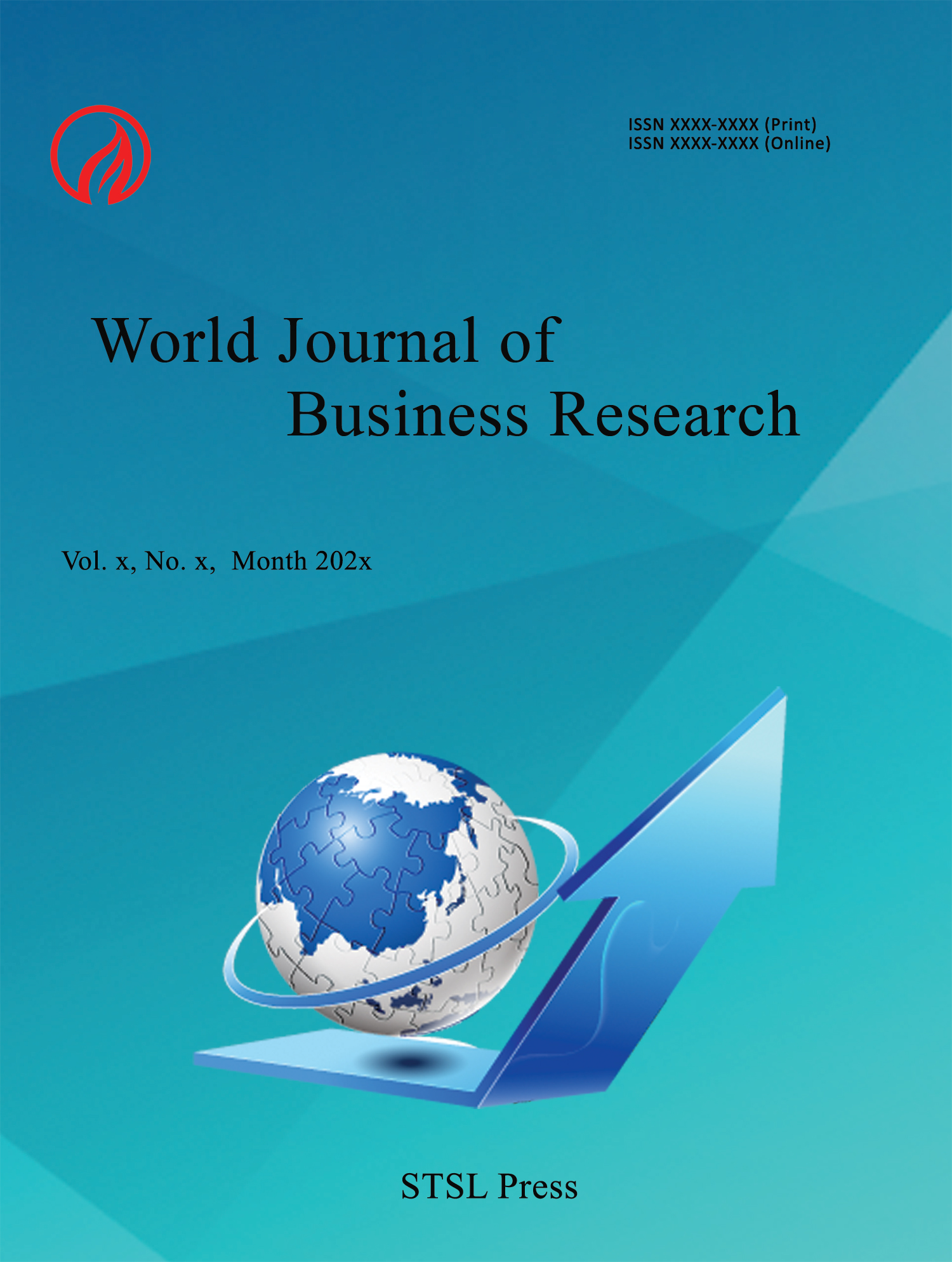Approximate Method for Calculation of Actuarial Liabilities under IAS 19 with the Unit Credit Method of Projected Benefit
Evaristo Diz Cruz
Jeffrey T. Query
Abstract
The Projected Benefit method to determine the Actuarial Liability of different defined Benefit plans requires projecting future benefits prorated for the years accumulated as of the valuation date. In the case of a regular Retirement plan, where there is a normal retirement reference age and possibly 2 or 3 early retirement ages, the attribution of the Benefit does not represent a major calculation problem in the sense that the Benefit adjustments are simple prorations, for those 2 or 3 future ages.
However, when dealing with defined benefits type LUMP-SUM “Severance plans”, where the plan considers multiple exits from the valuation date until a final exit age, the calculation becomes a little complicated to determine the present expected value VEP of future payments, given that the traditional recursiveness of the formulas is lost in the sense that the VEPt ≠ (VEPt-1) (a)+(b), being constants.
An important case study is when you have a Benefit (Bt) of type Bt=Stt, that is, the salary in t times the creditable service in t and it turns out that for some reason the t maximum (t) is limited to a constant value k in the future time: That is, from k, the computable Benefit will be; Bt=(k)(St); that is, if t≥k.
This paper addresses a mechanism to approximate it recursively, making some adjustments tha0t lighten and optimize the calculation in a fairly efficient way, with a small margin of error.
Paper:
pdf
DOI:
https://doi.org/10.71002/wjbr.v4n1p1
 This work is licensed under a
Creative Commons Attribution 4.0 License.
This work is licensed under a
Creative Commons Attribution 4.0 License.
Contact us
- Colin Garcia
- wjbr@stslpress.org
